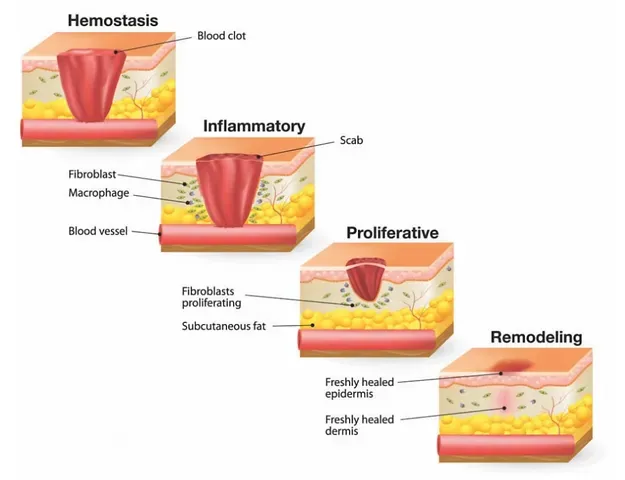
LYMPHOTHERAPY
$180 | 60 min $270 | 90 min
Lymphotherapy is an evolution of the traditional Lymphatic Drainage treatment. Through a combination of techniques, the main focus is to potentialize the lymph system to help the healing process, especially for pre and post-surgery patients.
Improves circulation and replenishes nutrients for faster recovery
Prevent and revert fibrosis and seroma, resulting in a better post-surgical outcome
Detoxification of the body
Elimination of accumulated liquids due to the surgical procedure
Activation of the immune system
Analgesia, minimizing post-operative pain and discomfort
Relief of bruises after the procedure
Decrease seromas and fibrosis appearing in the body
After surgery, a build-up in swelling is expected as an inflammatory response, and while the techniques in this procedure show positive results after the first treatment, we recommend patients opt for a package of sessions to remove all excess fluid.
We recommend the first session to take place on day 3 or day 4 post-surgery, continuing 3 to 4 times per week for a period of 2 to 3 weeks. If you wish to speed up your circulation (if you have poor blood flow, smoke, or simply need a boost) we recommend 3 sessions before the surgery.
WHY START THREE DAYS LATER?
Following the stages of the wound-healing process, it is optimal to start the Lymphoterapy treatment at least three days later after the surgery. Its benefits will promote a healthier and faster recovery for the patient.
Inflammatory phase: This phase begins at the time of injury and lasts up to four days. It includes clotting of platelets and constriction of blood vessels to stop blood loss, in addition to the arrival of white blood cells to kill bacteria and naturally clean the wound site.
Proliferative phase: This phase begins about three days after injury and overlaps with the inflammatory phase. It involves cells called fibroblasts that help to produce new collagen, create new blood vessels, and repair the avascular epithelial tissue.
Remodeling phase: This phase can continue for six months to one year after injury. Collagen continues to increase and the tissue begins to contract with the help of fibroblasts, both of which add strength to the new tissue. Excessive collagen can cause scar tissue formation.

Office: 22661 Lambert Street Suite 201
Lake Forest, CA 92630
Call 949-751-8708
Email: [email protected]
